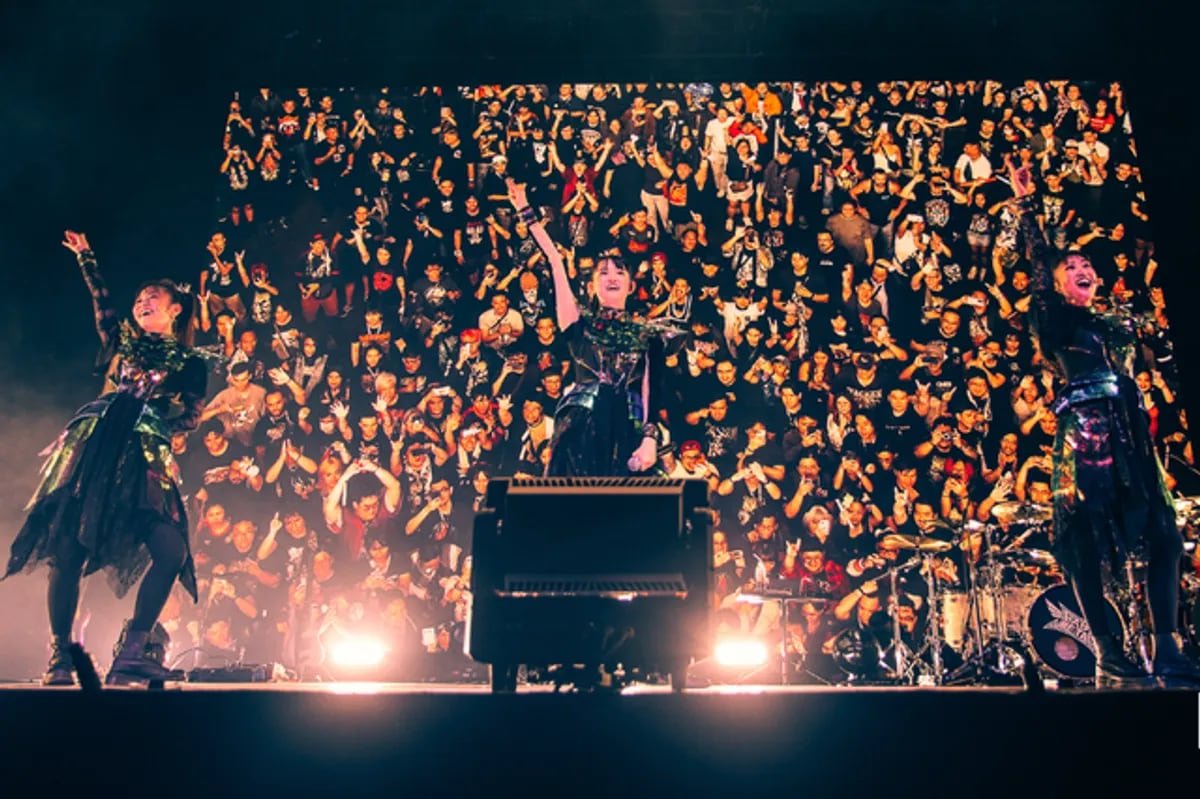Saturday, June 21, 2025

Osaka welcomes an iconic Philippine Pavilion that beautifully captures the heart of Filipino culture by blending tradition and technology, using thousands of handwoven artisan panels to showcase heritage while integrating cutting-edge interactive displays that immerse visitors in the country’s rich stories, creativity, and sustainable vision.
The Philippines is making a bold impression at World Expo 2025 in Osaka with an immersive and visually captivating pavilion that honors its cultural heritage, natural beauty, and forward-thinking spirit. This dynamic showcase offers a renewed narrative—one that reshapes the nation’s global presence by blending tradition with technology, artistic excellence, and meaningful storytelling.
The Philippine Pavilion presents a multisensory journey designed to showcase the nation’s culture, creativity, and community spirit. Visitors begin their exploration by stepping into an AI-powered environment that animates the essence of Filipino life. The digital experience brings to life the country’s natural beauty and cultural vibrance with interactive screens that respond to movement, voice, and gesture. Through these smart displays, international guests are introduced to the archipelago’s diverse ecosystems, artistic traditions, and regional uniqueness.
A central feature of the pavilion is an enormous textile installation made up of more than 2,022 handwoven panels created by master weavers from different corners of the country. This installation, the largest of its kind ever presented by the Philippines, represents the collective craftsmanship and deep-rooted heritage of local communities. Each panel tells its own story—woven with threads that reflect centuries of history, regional symbols, and cultural resilience.
In one of the most captivating sections of the pavilion, an installation titled “Dancing with Nature” immerses guests in the country’s natural wonders. Through synchronized soundscapes, panoramic visuals, and animated light projections, visitors experience the Philippines’ forests, seas, and mountains as if they were walking through them. This multisensory feature has become a favorite among guests, sparking emotional responses and awe for the country’s natural treasures.
Another major draw is an AI-powered photobooth that customizes digital postcards with Filipino-inspired designs. Guests leave with a personalized souvenir, further amplifying the interactive and memorable aspects of the pavilion. The use of technology not only engages audiences but also reinforces the message that the Philippines is a forward-looking nation rooted in tradition but equipped for the future.
The pavilion carries the theme “Nature, Culture & Community — Woven Together for a Better Future,” which unifies every element into one powerful narrative. Each area of the exhibit highlights how the Philippines’ natural beauty, cultural depth, and community-driven values are deeply intertwined. More than a showcase, the pavilion serves as a living emblem of balance—where innovation meets ecology, where heritage meets progress, and where local narratives connect seamlessly with the global stage.
Since the start of the Expo, the pavilion has drawn a steady influx of visitors. As of June 19, it had already attracted over 372,000 guests. The growing interest signals international curiosity and appreciation for the country’s vibrant and multifaceted identity. From students and tourists to cultural experts and business leaders, visitors are engaging deeply with the experience on offer.
Inside the pavilion, guests discover more than just visual storytelling—they are invited to savor the rich flavors of Filipino cuisine at the Hain Take-out Counter, where beloved dishes from different regions of the country are freshly prepared and served. This culinary journey offers a flavorful introduction to the Philippines’ diverse gastronomic landscape, showcasing local ingredients and regional specialties. Alongside this, a dedicated wellness zone allows visitors to explore traditional healing methods and locally sourced wellness products, blending ancestral knowledge with today’s holistic lifestyle practices to create a meaningful connection between past and present.
A carefully curated gift shop named Habi features handmade crafts, eco-friendly souvenirs, and products from local communities. This shop provides international exposure to Filipino artisans while promoting sustainable trade. By integrating economic participation into the exhibit, the pavilion supports both cultural diplomacy and grassroots development.
Every region of the Philippines—Luzon, Visayas, and Mindanao—is represented in the pavilion. Through digital storytelling, textile design, cuisine, and cultural motifs, the exhibit paints a holistic portrait of the nation. Rather than focusing solely on popular destinations or natural landmarks, the space gives equal attention to the people and communities behind the country’s heritage.
The pavilion’s development aligns with a broader national vision to reintroduce the Philippines to the world. Rather than limiting its global image to beaches and diving sites, the country is emphasizing the strength of its people, creativity, and culture. This pivot reflects a strategic shift toward positioning the Philippines as a destination not only for leisure but also for learning, investment, and cultural exploration.
As the Expo continues, the Philippine Pavilion is expected to attract even more visitors and international attention. Its success so far proves that compelling storytelling, thoughtful design, and authentic representation can resonate globally. It also opens the door to new partnerships in tourism, trade, and education.
Japan Pavilion Highlights Circular Innovation and Sustainability
While exploring the Expo grounds, visitors have also turned their attention to the Japan Pavilion, a visually stunning circular structure that explores the theme “Between Lives.” The design symbolizes the continuous cycle of life and invites reflection on human relationships with nature and technology.
The pavilion runs partially on biogas produced from food waste gathered directly from the Expo grounds, forming a self-sustaining energy loop that highlights Japan’s strong dedication to environmental responsibility. This innovative system transforms discarded materials into a renewable power source, turning the pavilion into more than just a showcase—it functions as a live demonstration of sustainable architecture in action.
The building’s outer wall features thousands of wooden planks arranged in a large ring. These panels allow viewers to catch glimpses of the interior as they walk around the exterior. This partial transparency encourages curiosity and metaphorically represents the connection between inner thought and outward action. Inside, visitors encounter high-tech displays, interactive exhibits, and artistic interpretations of sustainable living.
Osaka’s iconic Philippine Pavilion brings Filipino culture to life through thousands of artisan-woven panels and immersive tech displays, uniting heritage craftsmanship with modern innovation to tell the nation’s story.
Both the Philippine and Japan pavilions reflect distinct national identities while embracing global values of innovation, environmental stewardship, and cultural exchange. Through art, design, and technology, these spaces connect visitors to deeper truths about their countries and the shared challenges facing the world.












